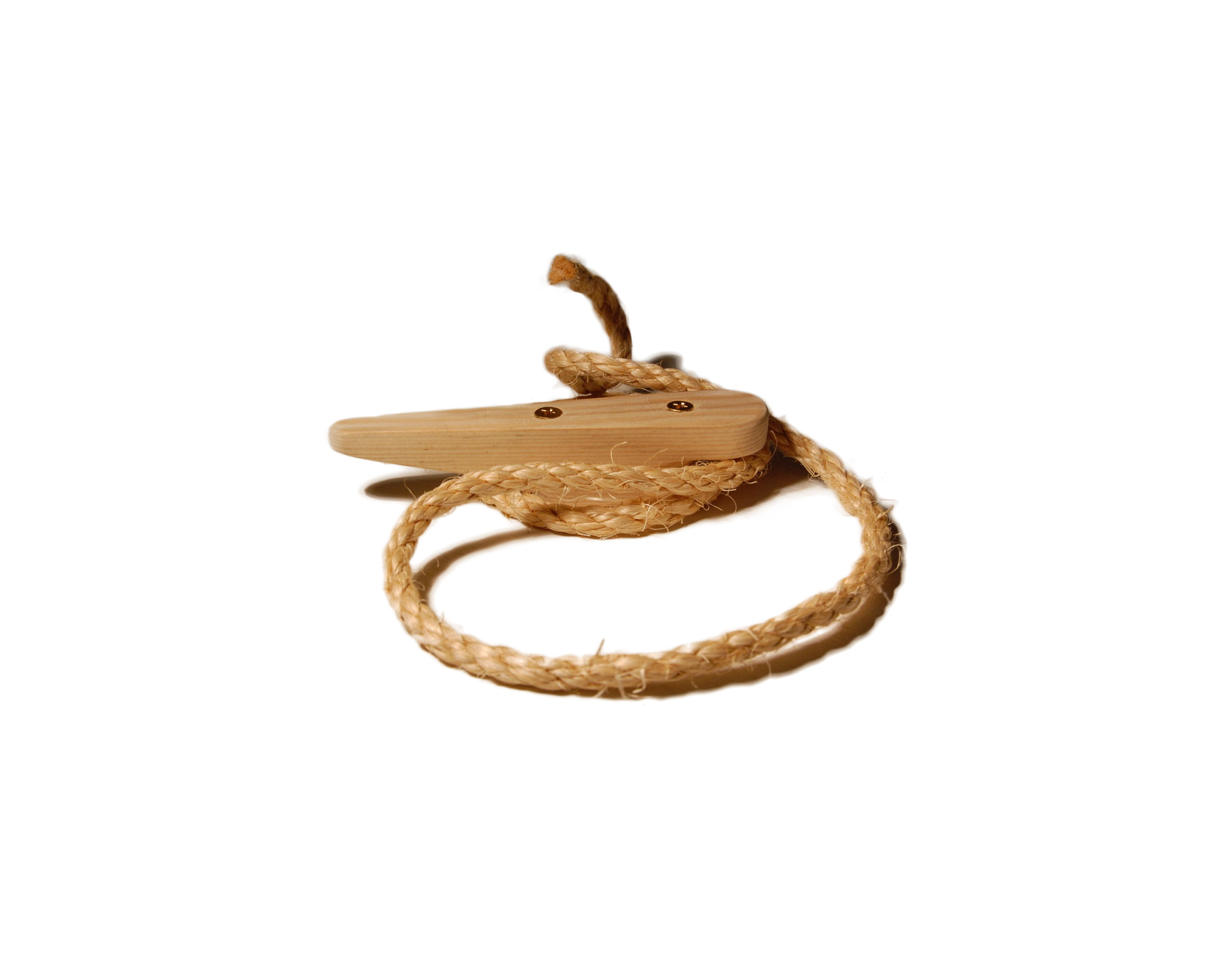A neighbor followed my wife into the neighborhood a few nights ago. Actually he was driving a car following her car as she drove into the neighborhood. He saw that some of her lights were out and should be replaced.
My son pointed out that unless you have someone walk around your car regularly while you signal and tap the brake, you never really know what lights are working.
So Phillip and I did a light check on each of the cars and made a list. I took the list to — and got $28 worth of bulbs. Then I spent the afternoon replacing bulbs.
First the Buick – The Buick has a lighted trim strip in the back. What appeared to be 1 light out on the left was actually 3 – 2 bulbs on the left and one on the right. The bulbs are inside an assembly that is held on with 6 wing nuts. These nuts are a neat design that you can use a socket wrench on with an electric screw driver but you can get them off by hand. This job would have been straight forward except for the broken bulb that crunched when I tried to turn it. Careful work with a soft-jaw plier did the trick. The other bulb was one of two high brake lights. These are easy to reach from inside the trunk.
Then the Cavalier – Two high brake lights out. Again easy to reach. The right turn signal light requires removal of the entire headlight assembly. Remove the bulb holder, change the bulb, and put it all back.
Then my Olds Cutlass Cruiser – The problem here is that the dashboard light was out on the left side. This kept the engine temp gauge in the dark. I am a bit paranoid about the engine temp since a bit of overheat cost be about $1200 a couple of years ago. Getting at the bulbs requires removing all of the dashboard trim (6 screws), the instrument cluster (4 screws) only to find that the bulbs that the store computer called out were just the bulb. For the dashboard, you need a special assembly of the bulb and its mounting plate. I re-arranged the bulbs so now the dark part of the dashboard is from 60-120 MPH. Not a part of the speedometer that I use a lot.
